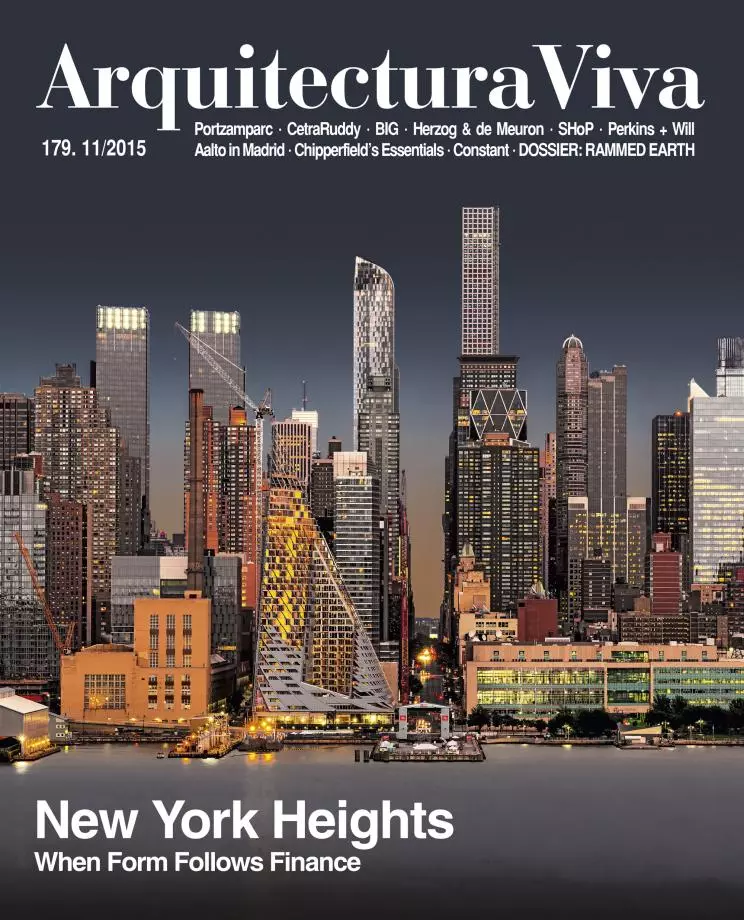Work Landscapes
Foto/Industria in Bologna

Photography is an emotions factory. And when it comes to paying tribute to human work, few art mediums are as effective in portraying its greatness, poetry, and dignity. The second edition of the Foto/Industria biennial, promoted by the MAST Foundation with François Hébel as director, occupied in October a dozen palaces and museums in the historic center of Bologna, and going from one exhibition to another through the arcades of this city of students and workers leaves dregs of glow and ash: glow in that the noisy epic of production and the silent effort behind work come together in harmony and move people with their ancient truths; and ash in that this intersection of industry and territory is undergoing a transformation that threatens the planet’s landscapes with its sleepless activity.
From representatives of the ‘new objectivity’ like Hein Gorny, who in 1930s Germany shaped the image of the firm Pelikan following the trail of the Bauhaus, to portrayers of the working world like Gianni Berengo Gardin, who in the 1960s and 1970s documented Olivetti factories subordinating the exact beauty of machines to human effort, industrial photography has provided an exciting testimony of its times, reaching extraordinary lyrical heights in advertising photographers like O. Winston Link, whose nighttime images of the last steam engines – taken between 1955 and 1959 for the Norfolk and Western Railways – capture everyday life in the United States as only an Edward Hopper or Norman Rockwell could.
In inevitable contrast, contemporary photographers place their activity within the domain of art, and it is from the angle of autonomous criticism that we must interpret the hardened faces of miners and gypsies documented by Pierre Gonnord in Spain; the series of objects consumed by the author, which Hong Hao scans and groups in collages of hermetic lure; the exploration of the oil economy, tackled by David LaChapelle through the dreamlike photo of models of refineries and gas stations made with everyday objects; or the faithful representation of the impact of industrial development on contemporary landscapes, orchestrated by Edward Burtynsky in Bologna’s Palazzo Pepoli with an operatic video that beats on our consciences with the violent beauty of its images.
So, glow and ash in the exemplary exhibitions of a unique institution which, presided by Isabella Seràgnoli, proposes a new way of merging business, culture, and society from the capital of the Emilia-Romagna region, where Studio Labics completed in 2013 its new headquarters (see Arquitectura Viva 160), the result of the competition organized by Coesia: a leader in automatized and mechanical precision machines which is exemplary in its determination to foster creativity and entrepreneurship among young people – an objective of economic activation that does not exclude the critical dimension present in programs like the photography biennial described here. If photography is an emotions factory, industrial photography is a machine for understanding.





